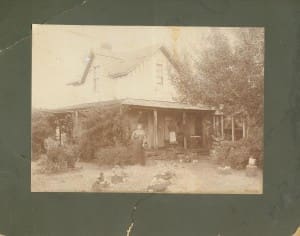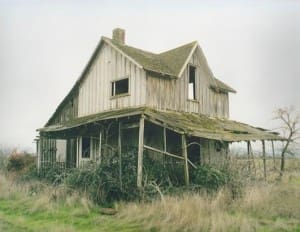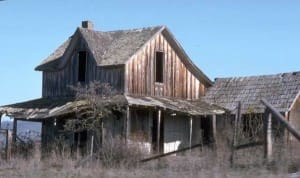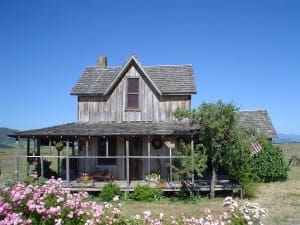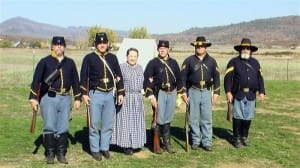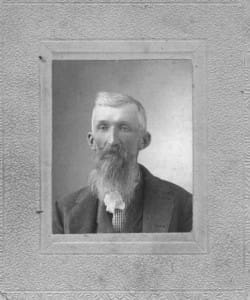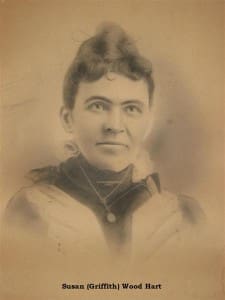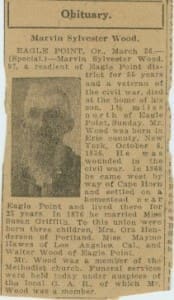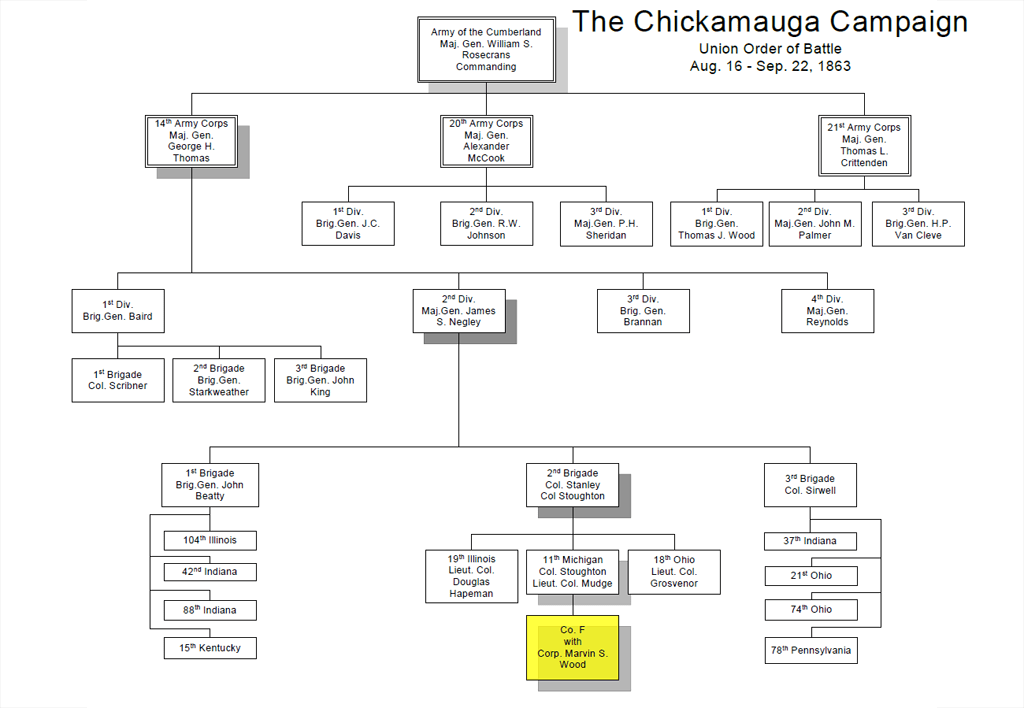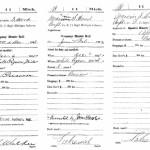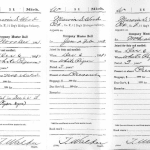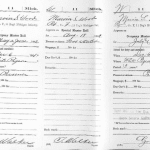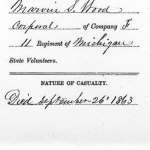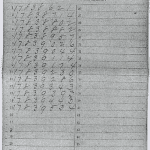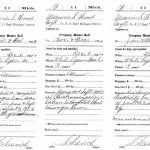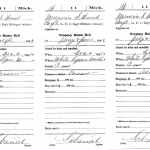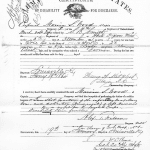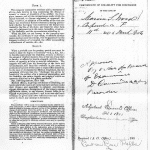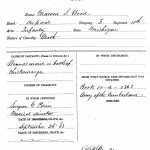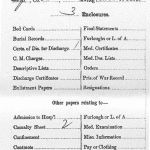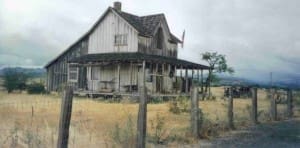
Three-quarter front view of the Wood House. Note the ghost-like image in the large window just to the left of the front door of the house. Is it, by chance, a Wood family member that lived in the house years ago?
In the past we have heard many stories about the previous history of the Wood House. Some of the stories were true but most were probably not. And, one rumor abounds that the old Wood House is haunted! Whatever the case, it is always interesting to hear new tales or to receive documented information regarding the past history of the Wood House. One such interesting and documented story came to light recently…….
Being the most photographed house in thePacific Northwest, and as thousands have done in the past, a couple stopped at the Wood House to take several photographs of the historic structure. Since the front gate was locked at the time and no one was at the Wood House, the people photographed the house from the front fence as many have done previously. As the story goes, at some later date when the film was finally developed, the couple discovered that in the left front window of the house was an image that was not there when the photograph was originally taken…..and the image appeared to be that of a ghost!
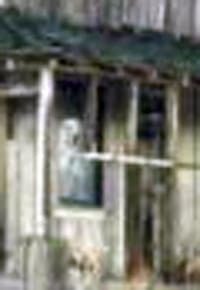
Some say that this is a ghost of a woman (possibly Susan Griffeth Wood Hart) while others that view the photo believe it to be an image of the Grim Reaper.
Through some other visitors to the Wood House who relayed the story we were able to obtain a copy of the photo in question. Sure enough, there is an image that is obvious in the front window of the house and it does appear to be a ghost image….. more specifically, an image of the Grim Reaper. The window area on the photograph was enlarged and there is definitely a ghost-like reflection in the large glass window. Is the ghost image really that of the Grim Reaper, or could it possibly be the ghost of Susan Griffeth Wood Hart (Walter Wood’s mother) that died in the house back in 1929? Or, it might be the ghost of Walter Wood himself who was born in the house in 1881 and lived there for 93 years until he passed away in 1974.
Whatever the image is or might be, definitely adds to the mystic and the mystery of the historic Wood House! What really is the image shown in the photo? You be the judge!
